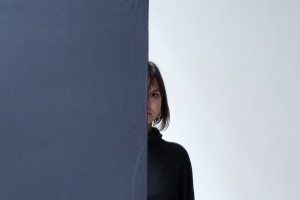January 19, 2016
By Cristina Bogdan
Some Present Artists
Upon the invitation from the duo Monotremu, I took a short trip to their hometown Târgu Mureș to visit the art show “Eight Present Artists”, which was curated, as pretty much everything else around there, by the duo together with József Bartha. At Studio B5, they organized a sort of retrospective for Cristi Pogăcean, poster child for the Cluj art school of the early 2000s, who recently returned to the art world; in the town’s old synagogue, there was a group show with artists who took part in the B5 residency organized by Bartha last year. In this text, I will try to discuss the two shows. Because I am fully drawn towards Monotremu’s entire practice, and because I learned everything about Pogăcean’s art from the man himself, during two whole days of walks around the Târgu Mureș city center, it took me a while to distance myself a bit, and to try and understand how I could relate to this project. I would say that the basis for the discussion is the fact that the practice and discourse of these artists demonstrate a real understanding of this category called contemporary art that I am also trying to define in my writing. Their slightly eccentric situation, in time and space, offers at least a few leads for analyzing the coordinates on which stands and continues to develop a system that permanently stretches reality and its opposites, money and innocence, success and fame.
Cristi Pogăcean is one of those artists who understands the mechanisms of the contemporary art system so well, he can afford to be ingenuous. For the past few months, I was obsessed with art as the expression of politics and the fight for legitimacy, but Cristi took me by surprise with his vision of art as a cynical system, where every element I was striving to deconstruct – quota, money, position – stays as it is, with no risk of being modified by engaging texts or subtle positioning. In a way, with his art, a collection of cleverly materialized and condensed gestures, Cristi Pogăcean embodies everything I’ve avoided to view as contemporary art. I think that very few local artists can say that they’ve penetrated and ultimately understood this system as well as him. No wonder Pogăcean decided to completely vanish from the art scene at the height of his career. This Duchamp-esque gesture made me question – once again – my own responses to the status quo of art, even more so, it made me rethink the possibilities of exiting the system. If to me, exiting the art world means entering politics in a wider sense, for Cristi, this exit was the equivalent of entering a mythical world. The danger, of course, is that once you enter myth, you can no longer make it back alive, because coming back would be an instance of Lacanian reality – a type of violence that couldn’t be represented or assimilated by those left behind. As such, Pogăcean’s return wasn’t perceived as an event, and the typical reaction to his latest works was to compare them to an iconic work like “The Serai Kidnapping” and to find that, at the very least, the pieces weren’t any better. But this could also be explained by the artist’s vision of art.
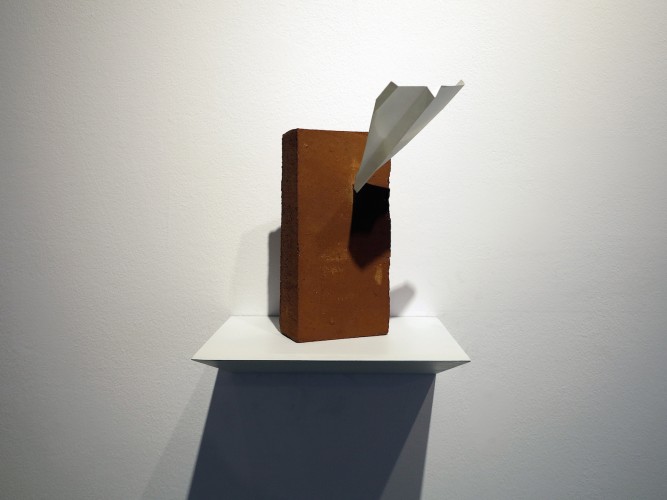
Cristi Pogăcean, The Power of Belief, 2013. Courtesy of the artist.
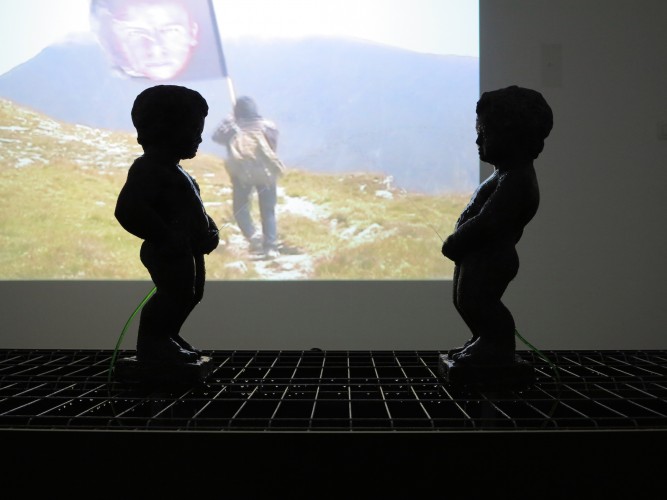
Cristi Pogăcean, Like Two Raindrops, 2015 (detail). In the back: 2544, 2006. Courtesy of the artist.
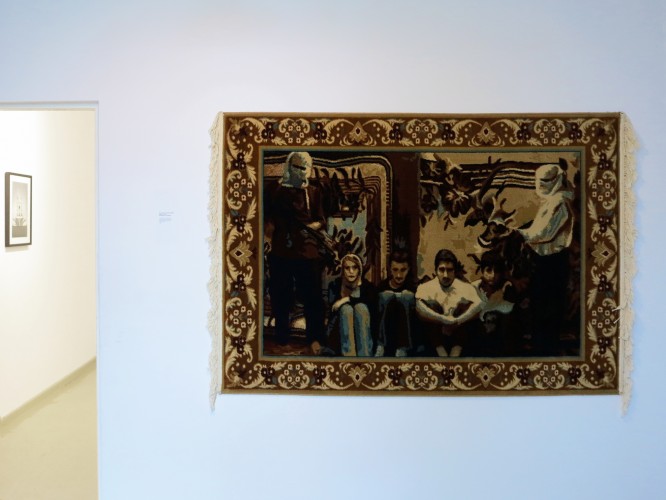
Cristi Pogăcean, The Serai Kidnapping, 2006. Courtesy of the artist.
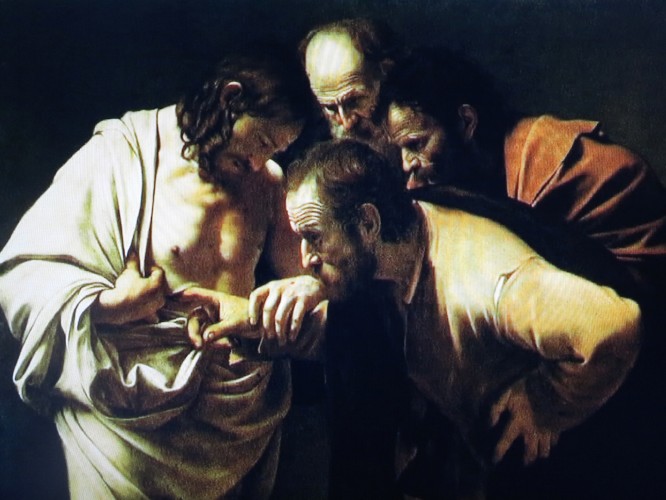
Cristi Pogăcean, Caranime, 2002. Courtesy of the artist.
I looked at his works in the B5 space, each defining its own perfectly abstract, formally complete world. I was presented the meaning of each piece, as one does in high-end contemporary art galleries. A few of the works made laugh, especially the almost silent cinema sketch in which the artist asks the curator to take his work to the very top, and the curator clenches and transports the artist’s portrait printed on a flag to the Nehoiu mountain peak. I thought it really easy to write about these works, at least after seeing them for the first time – they present themselves to you on a conceptual tray, they’re discursive, clever, ambivalent, it’s delightful to sink into their various meanings. Most of these works travelled the world and even earned an iconic status, like his carpet or the “Caranime”. But after talking to Pogăcean, I concluded that he is the embodiment of the professional artist who designs his works in terms of their impact on the art market, a kind of impact he sees as the equivalent of value over time. If you look at them from this perspective, the B5 artworks function as a system of simulacrums, images devoid of any referent, that can infinitely communicate with each other, creating an engaging, but ultimately closed spectacle. A perfect, clean, white cube where escape is possible only with a gesture of symbolic violence. In a way, this perfectly sums up the hopes and dreams of contemporary art.
In the Târgu Mureș synagogue space, a few of Cristi’s works interact with pieces by Bartha, Monotremu, Adorjáni Márta & Miklós Szilárd, Christina Hartl-Prager and Vlad Nancă. The intention was that the works relate to the local space, and I was surprised to see that the theme appeared to be the symbolic conflict between Romanians and Hungarians, which generated representations of space, possessions and violence in a delimiting scenography. Just like contemporary art, that I refused to see as it really is – an economical and symbolic system of great cynicism – the ethnic conflict in Târgu Mureș always appeared to me to be a politically preserved myth, with no social confirmations. At first, I was disappointed by the fact that this myth was regulating the artistic production within the residency project and the exhibition, and found it to be too prosaic, but this eventually drew my attention to the fact that there is a kind of elitism that we, in the art world, put into practice when we expect certain pieces to fuel our own political convictions, but we refuse to acknowledge the real foundation of the artworks’ discourse. In other words, we seek out sterile art in order to manipulate it discursively. Once again, Cristi’s pieces, the most elegant of the lot, were the easiest to read, while, for example, the slightly out-dated and kitsch attempt of the Bartha-Monotremu installation to comment on the media image did not exactly fit the standards of contemporary art and was visually annoying at first. In retrospect, I am more interested in this route, which I perceive as being alive and in a perpetual dialogue with the context, as was further highlighted in Monotremu’s ironic, yet tender video of a running LED reigning over an industrial landscape with a garbage dump, which reads Everything here belongs to me, something that Bartha more or less feels (and says) about the Târgu Mureș scene.
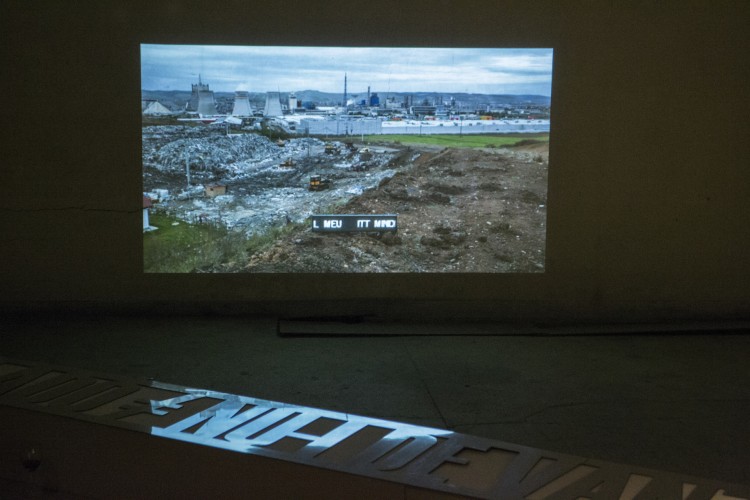
Monotremu, Everything that’s here is mine, video, 2015. Photo credits Studio B5.
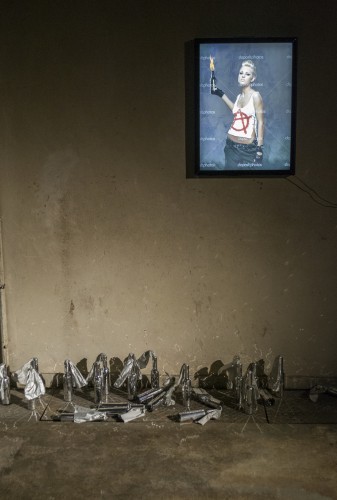
Monotremu, Untitled, stock photo, 2015. Bartha József, Molotov Cocktail, installation, 2013. Photo credits Studio B5.
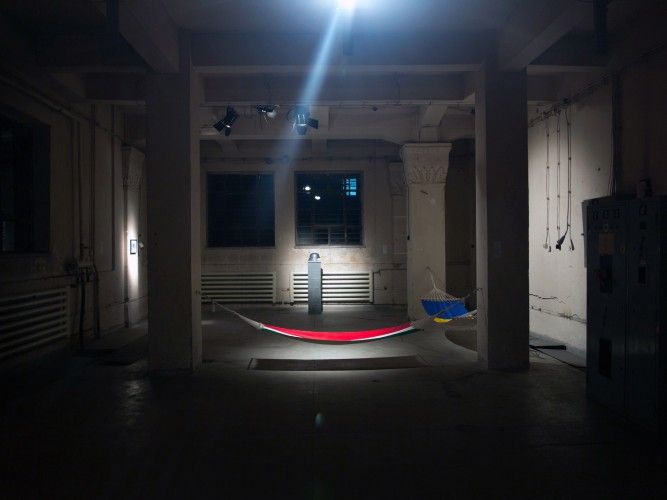
Cristi Pogăcean, Lead, 2006. Bartha József, This is not, installation, 2015. Photo credits Studio B5.
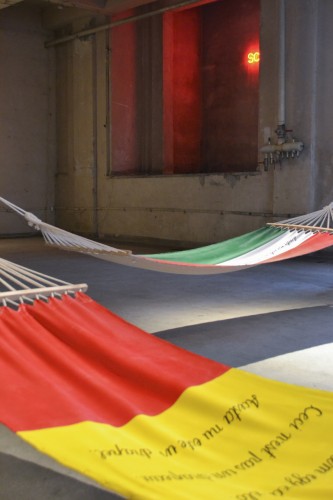
Cristi Pogăcean, Scam, neon, 2012. Bartha József, This is not, installation, 2015. Photo credits Studio B5.
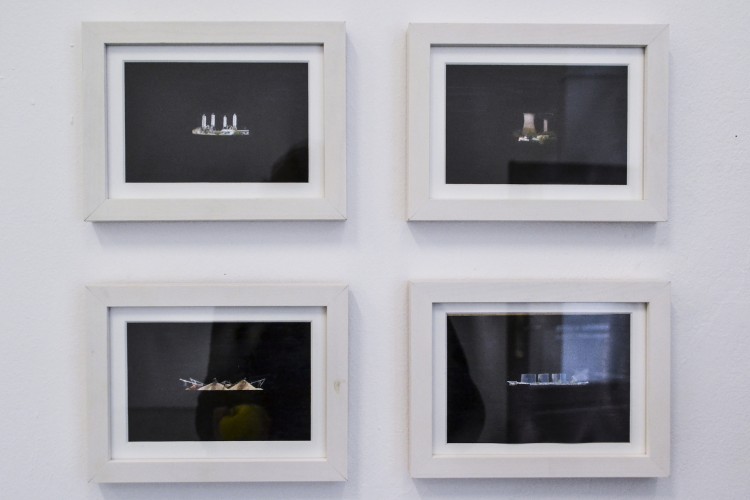
Christina Hartl-Prager, Industrial Habitats, marker on photograph, 2015. Photo credits Studio B5.
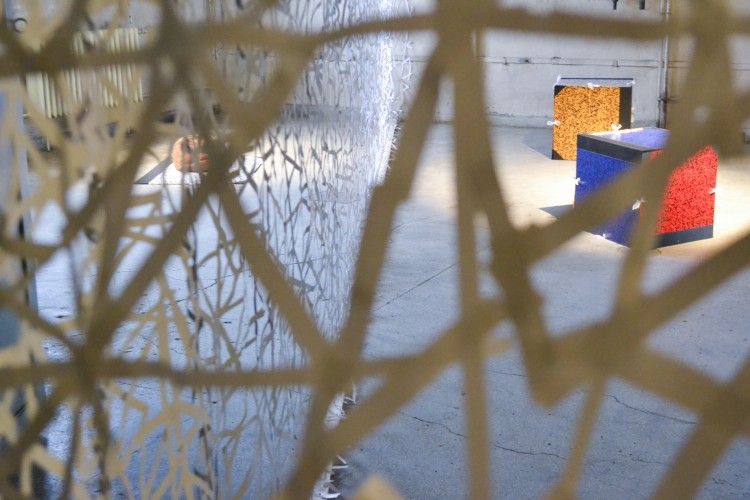
Adorjáni Márta & Miklós Szilárd, Equivalences, installation, 2015. Photo credits Studio B5.
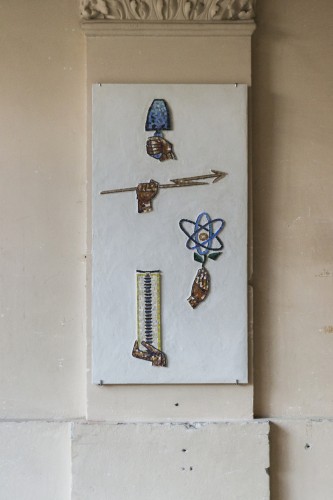
Vlad Nancă, Gifts, 2015. Photo credits Studio B5.
Stretching from local in-jokes to abstract and aesthetic distancing, the exhibition’s works could be arranged as such: Monotremu-Bartha-Hartl-Adorjáni/Szilard-Nancă-Pogăcean. It is at each end that one can clearly see a well put-together conceptual intention: the necessity of processing common imagery in order to better understand it and deliver it in a way that identifies the artist – and the hope that this will make the pieces remarkable within the continuous mass of images that makes up the contemporary world.
“Eight Present Artists” was at Studio B5, the Târgu Mureș Synagogue and K’arte gallery between 5-22 November 2015.
Artists: Adorjáni Márta & Miklós Szilárd, Christina Hartl-Prager, Bartha József, Vlad Nancă, Cristi Pogăcean, Monotremu.
POSTED BY
Cristina Bogdan
Founder and editor-in-chief, between 2014-19, of the online edition of Revista ARTA. Co-founder of East Art Mags, a network of contemporary art magazines from eastern and Central Europe. Runs ODD, a s...
www.evenweb.org


